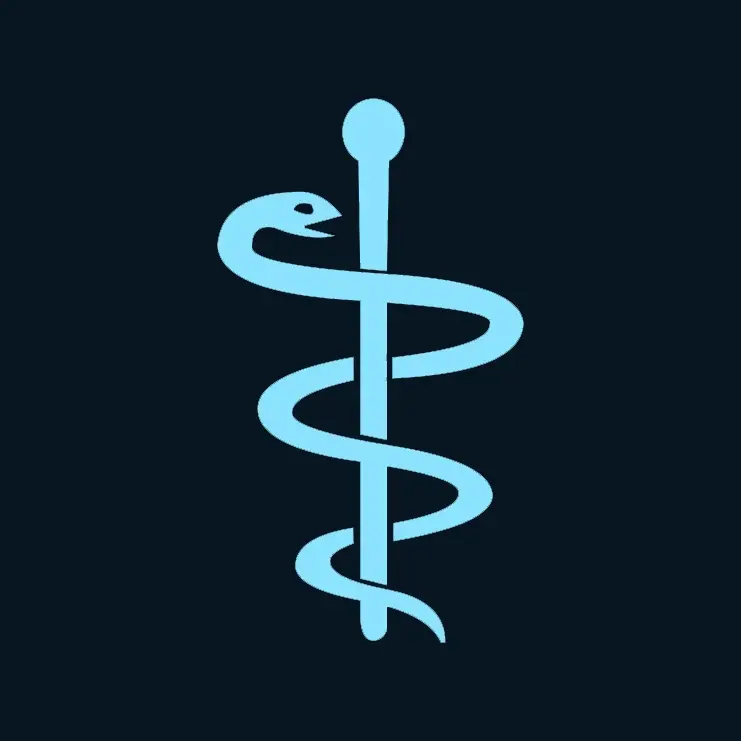By AI they are referring to machine learning algorithms
relevant bits:
Pneumonia is typically diagnosed on the basis of non-specific symptoms and physical examination findings, which can lead to missed or incorrect diagnoses, treatments, complications, and deaths. As a valuable source of diagnostic and prognostic information for pneumonia and COVID-19, medical imaging is subject to human operation and interpretation as well as human resource and training challenges. Artificial-intelligence-assisted automated and accurate diagnostics and prognostics that provide real-time analysis, interpretation, and clinical decision-making support have the potential to address these challenges.
Machine-leaning technologies and algorithms that enable the identification of patterns have been used with chest radiography, CT, ultrasound, and MRI as well as with cough and lung sounds to aid in the diagnosis of pneumonia and other respiratory diseases and in clinical decision-making. Using a complex structure of algorithms based on multilayered convolutional neural networks with large numbers of parameters that are trained on massive amounts of data, deep learning automates high-level feature extraction to produce accurate insights and predictions
Globally, a cough is the most common patient-reported reason for seeking health care. Deep-learning algorithms are being used for the recognition of coughs, lung sounds, and breathing patterns.7,8 Often subjective, variable, and open to interpretation by the clinician, objective and consistent cough and lung sound evaluations facilitated by artificial intelligence could greatly enhance clinical assessments of respiratory diseases, including pneumonia.

